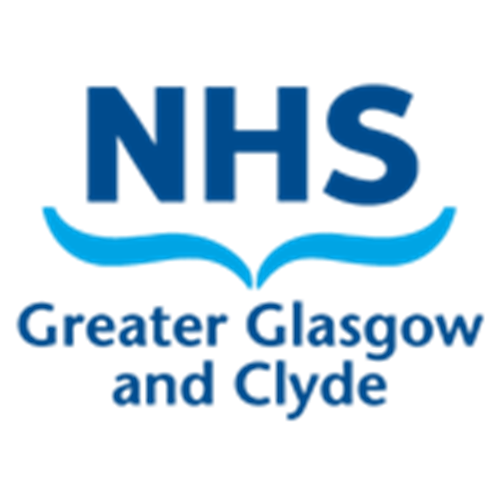Intra-operative cell salvage (IOCS) is a useful technique for blood replacement and its practice is well established in other areas of medicine; indeed, it used routinely in some areas of surgical practice. There is a strong case for its widespread use in obstetric surgery to avoid the well recognised risks and costs of blood transfusion.
Theoretical risks have slowed the introduction of the use of IOCS in obstetric settings but NICE reviewed the evidence in 2005 and supported its use subject to1:
- Data collection
- Reporting of complications to the Medicine and Healthcare Products Regulatory Agency
- Patients should be fully informed ‘whenever possible’ of the potential complications
- Performed by a multidisciplinary team who develop regular experience of intraoperative blood cell salvage
The use of IOCS in obstetrics has also been endorsed by the RCOG2, The Confidential Enquiry into Maternal and Child Health3 and the Joint Association of Anaesthetists of Great Britain and Ireland/Obstetrics Anaesthetists Association Guidelines4.
